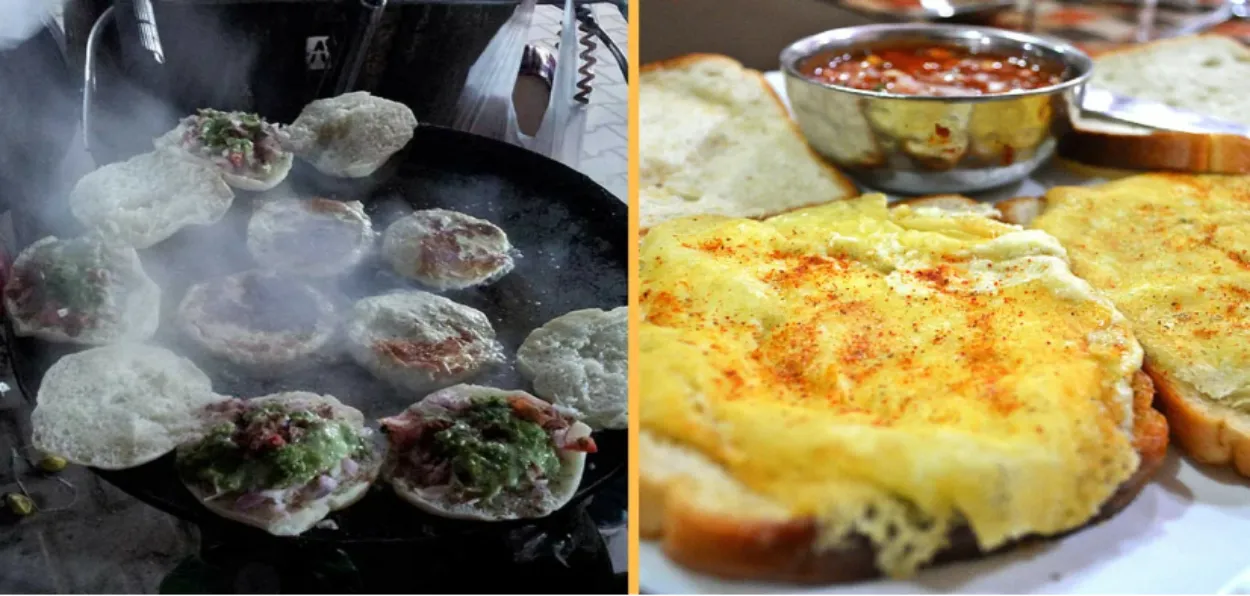
Aasha Khosa/New Delhi
Decades ago when most Indians had not heard of the processed cheese of Europe and it was not available in stores, the Gujjar tribesmen of Jammu and Kashmir were making it for a livelihood as part of their ways of food preservation.
Back then, travelers on the Jammu-Srinagar highway would break their journey at Chennai, a quaint hilly village in the Jammu region, and wait for the tribesmen to descend from the hills with some Kalari, as the cheese is called in the Dogri language, cakes. It was an exotic and rare food. People ate it after dry roasting, frying, or simply raw.
With the world becoming a global village because of the internet and technology, the people realised that Kalari, called Maeshkraer in the Kashmiri language – was a prized delicacy in Europe. It came mainly from the Alps and the other colder parts of Europe and was sold worldwide as an exotic food.
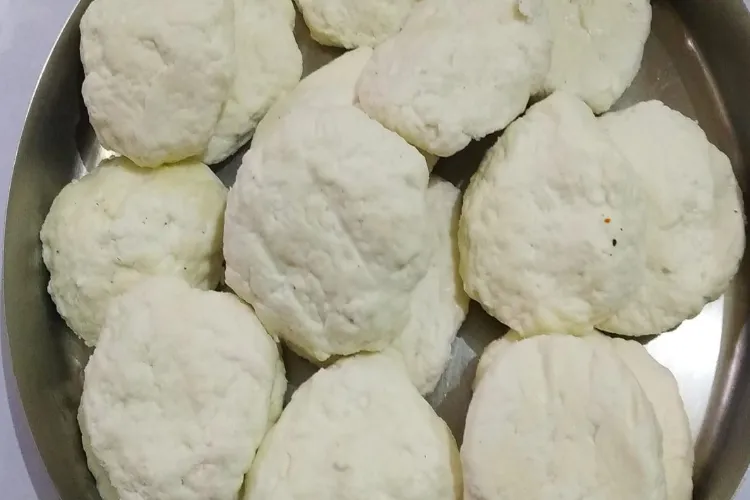
Raw, uncooked Kalari cheese
So when the Kalari of Udhampur (Chennai falls in the district) along with Rajmah (Kidney beans) of Bhaderwah recently received the GI (Geographical Indicators) tags this delicacy came into focus again.
Kalari is made of raw, full-fat cow, buffalo, or goat’s milk. Unlike cottage cheese or paneer, the most commonly consumed food in Indian homes as a substitute for meat, the raw milk for Kalari is heated mildly.
It has to be prepared with utmost care for the ideal temperature and for this, the maker keeps it stirring with a plunger-like tool.
The warm milk is then coagulated with the addition of an acidic ingredient, which is locally known as matthar, the sour thin whey which is the leftover of the paneer-making.
The coagulated milk mass is then turned into a compact shape and left for sun drying in baskets. The freshly made kalari is akin to Mozzarella cheese and the dried and ripened one turns tangy and is like the blue cheese.
If the Kalari is white, it’s considered to have been made from buffalo milk; if it’s yellow – or yellow that comes from cow milk.
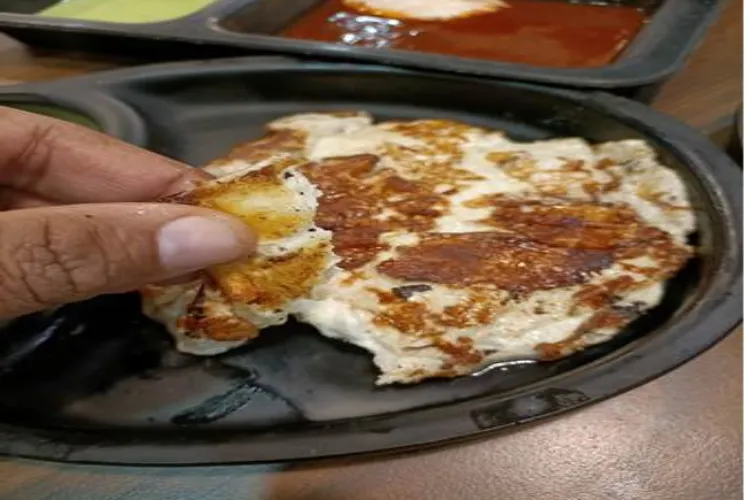
Roasted Kalari
A Dutch national Chris Zandee has fallen so much in love with the Kalari that he had set up the Himalayan Cheese Company to make it for commercial scale. His processing unit is located at Langanbal village, close to Pahalgam in Kashmir where he works in association with Gujjar nomads.
He gets milk from some 150 Gujjar vendors, who rear cattle. The tall gent originally from the province of Zeeland in the Netherlands, has spent the last seven years developing a dairy network.
Through his and others' efforts, the Gujjars today are getting good prices for their traditional food.
Kalari is usually sautéed in its fat or vegetable oil or animal fat for additional flavour, and salted before it is served. Pan-fried Kalari, which is commonly served with tangy chutney made of tamarind, onions, mint and tomatoes.
It’s like any other cheese – crisp from the outside but has a molten texture on the inside.
One kilogram of Kalari costs between Rs 320-450 per kg depending on the quality of the milk used. Kalari made of full-fat cow milk is costlier than buffalo’s or goat’s milk due to its superior taste and aroma.
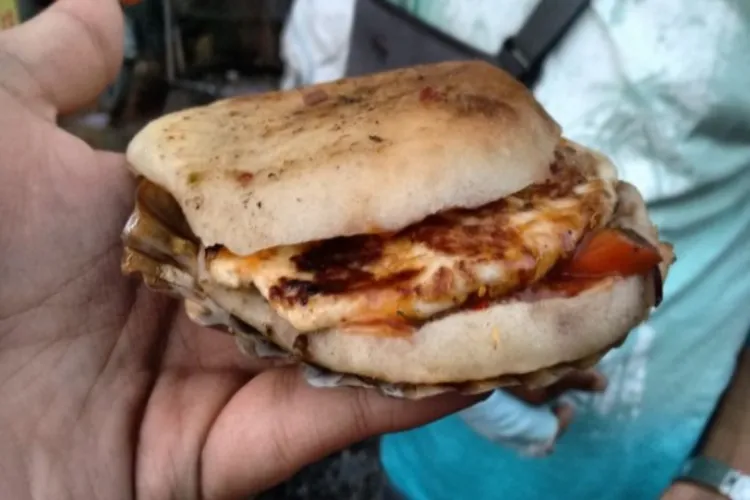
Kalari Kulcha
It’s said that Kalari making may have come to the Gujjars through a shared system of knowledge and it seems to have likely come from Central Asia.
Traditionally, Gujjars are herders and they migrate to the mountains of Jammu and Kashmir along with their livestock during the summer months in search of green pastures. While in the winter, they descend to the plains.
There, they make a living by selling milk and milk products.
Anthropological accounts of cheeses that share a resemblance to kalari can be found in Central Asia and some experts suggest it might have come from that region.
However, Dr. Lalit Magotra, an eminent scholar and researcher of Jammu’s Dogra culture, disagrees with this theory. He says, “If Kalari’s place of origin was Central Asia, it would have been quite popular in Afghanistan or Pakistan,” he said. “But that’s not the case. kalari is the invention of people of Jammu and parts of Himachal Pradesh.”
According to him, people in the Jammu region and tribal Gujjars would make Kalari to store milk in a stable form for a longer period.
“The Dogras (or residents of Jammu and Himachal Pradesh) and the tribes settled in Jammu hills also made ghee to store milk. But kalari would have been invented to keep the proteins of the milk intact,” he said.
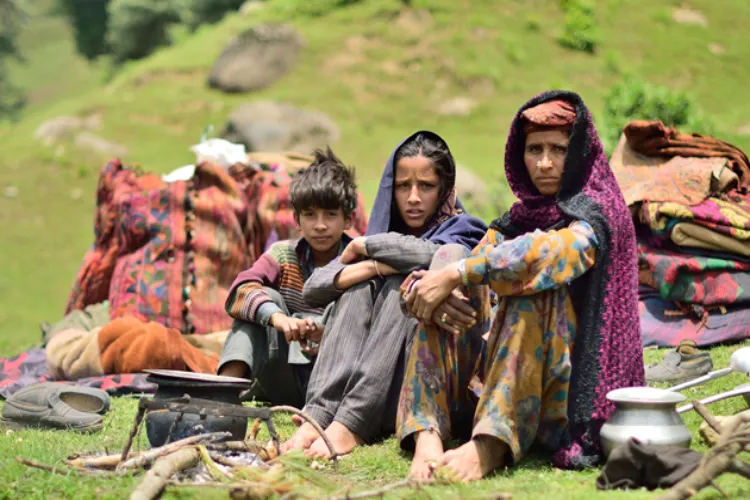
Gujjar women, who make Kalari
Substantiating further, Magotra explained that some of the proteins in butter are lost when it is heated at a high temperature to make ghee. However, since the milk used to make kalari is only mildly heated, the proteins remain intact.
Kalari is also added to a sabzi (or vegetable side dish) along with other green leafy vegetables.
However, in the modern day, Kalari is more popular as a street snack. In the Jammu region, it is pan-fried and served with toppings such as onions, chilies, tomatoes, and coriander leaves.
Even though it is still largely a pastoral product, some efforts are underway to promote kalari beyond the communities where it is traditionally made.
Kalari of Jammu is available online and with the GI tag, its sales and popularity are likely to cross the territorial boundaries.
ALSO READ: Why is Kashmir's authentic food missing from menu of Valley's restaurants, eateries?
The dish was also relished by G20 delegates in Srinagar recently.
